While there is nothing quite like the act of travel – and all its associated sensorial delights – indulging in an evocative and absorbing travel story is a worthy substitute given the current global situation. We’ve asked some of our contributors to share their favourite travel books – with material covering everything from a jaunt through the Himalayan region of Nepal and a road trip in the United States’ Mojave Desert to days spent traipsing around the arrondissements of Paris and a sun-soaked Greek island exploration. We hope that perusing these tales will transport you – albeit not quite literally – to new and far-off locales, and perhaps help inspire your next great trip.
For expansive landscapes:
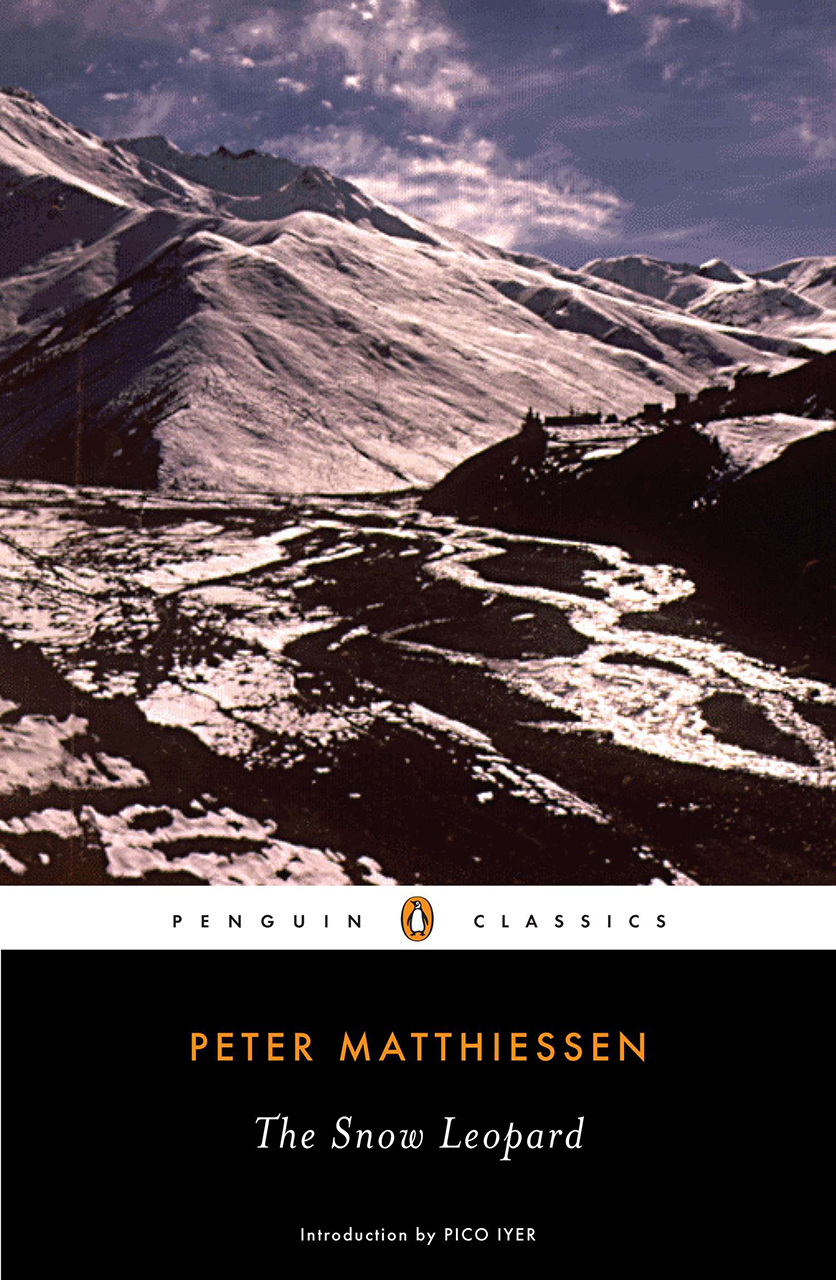
The Snow Leopard by Peter Matthiessen
Picked by Pico Iyer
Every time I re–read The Snow Leopard – eight times over the past 40 years – it takes me high and deep into uncharted ground.
Of course, I love the crystalline adventure of trekking up into the seldom-visited Himalayan region of Inner Dolpo in Nepal, with a scientific team in 1973. Peter Matthiessen, as a long–time writer for The New Yorker, describes every centimetre with an engineer’s precision that has no time for fuzziness or wistfulness. And as one of America’s most unflinching novelists, he can evoke ragged lamas, shadowy locals and the silvery peaks with rare immediacy.
But what pierces me on every reading is that he is also travelling right into the confusion, rage and sorrow of a man who’s just lost his young wife, Deborah Love, to cancer. So everything he hears from the Buddhists around him about suffering and impermanence is felt on the bone.
A true travel book has to take us out into the world and deep into the self at once, to be exact factual account and ageless allegory. The Snow Leopard is adventure story, naturalist’s diary and radiant spiritual handbook all in one.
Read Pico’s story on the hidden gems near the underrated city of Osaka here.
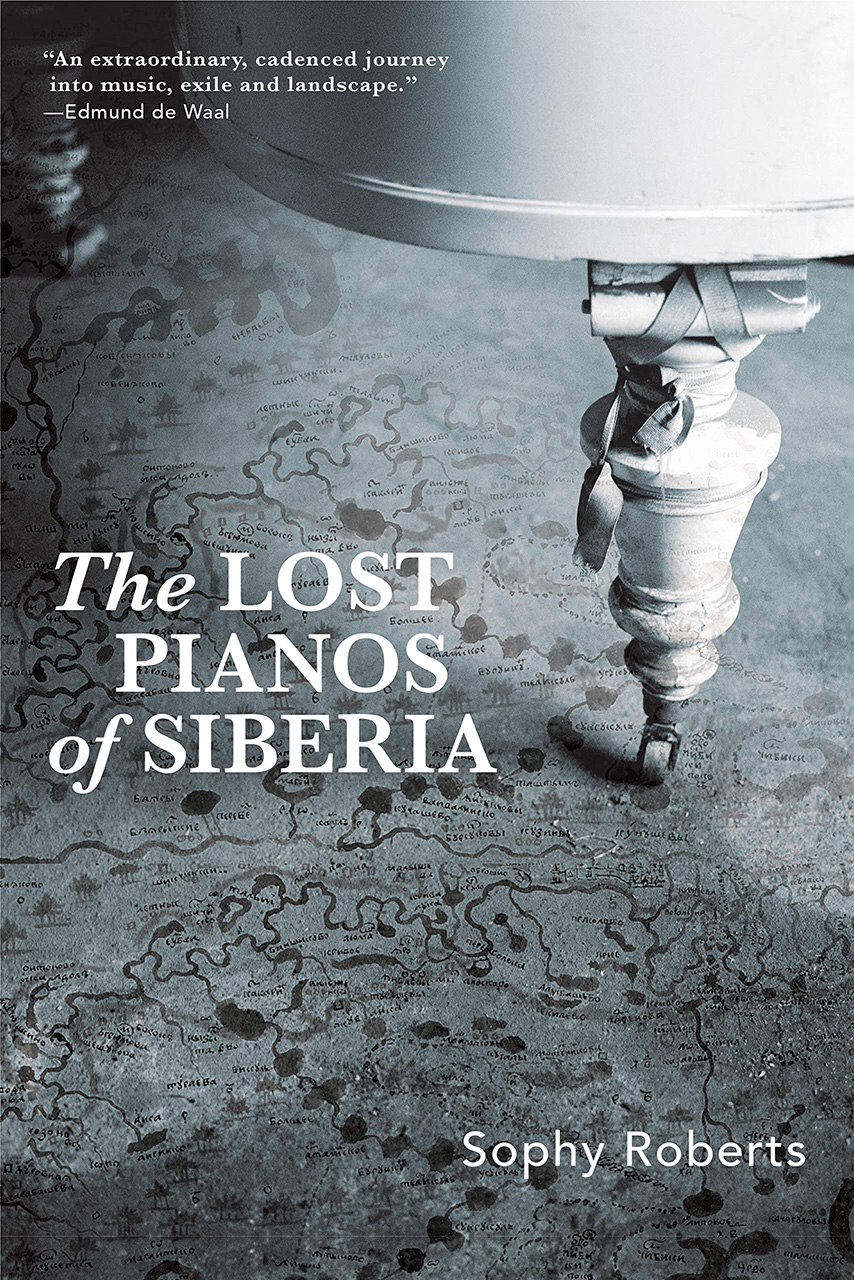
The Lost Pianos of Siberia by Sophy Roberts
Picked by Sara Evans
This book has become a recent favourite of mine. It documents the author’s epic journey across Siberia’s icy wilds in search of once-loved, but now–abandoned, pianos.
I love the book for its historic scope – some 250 years of Russian history are brought alive and reveal how, under the influence of Catherine the Great, pianos were once so sought after they were transported thousands of miles through blizzards and snow storms to be played by Siberians living in the wildest, most remote places in the region.
The frozen landscapes Roberts travels through are beautifully realised, as are the people she meets – including babushkas with fairy–tale red-rose cheeks, composers, pianists and even tiger conservationists. Overall, Roberts’ passion for sharing the stories of these Siberians and their pianos shines through and makes this a spellbinding read quite like no other.
Read Sara’s ode to the joys of wild swimming in England.
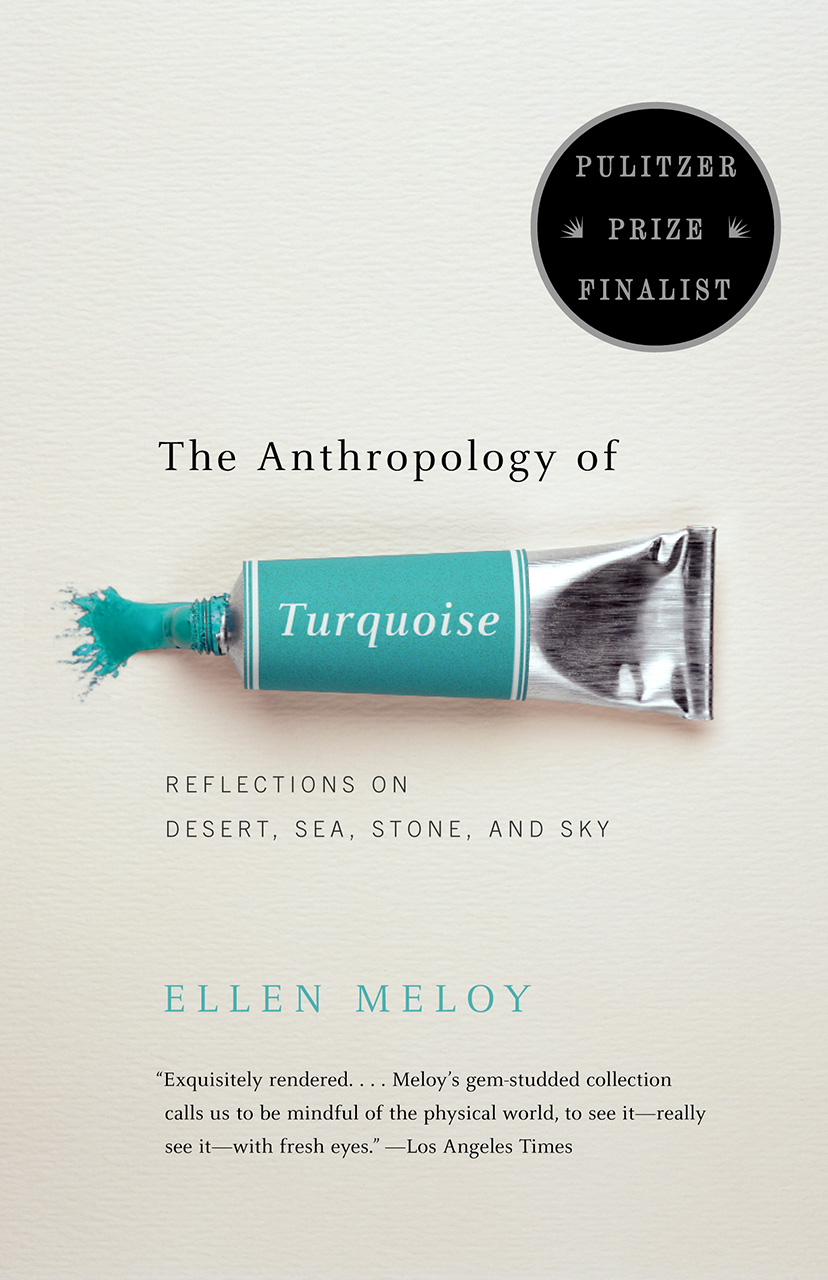
The Anthropology of Turquoise by Ellen Meloy
Picked by Miles Griffis
The late Ellen Meloy was a master of adventure travel, memoir and nature writing – and her Pulitzer Prize finalist, The Anthropology of Turquoise: Reflections on Desert, Sea, Stone, and Sky, is her career’s gemstone. The book of 15 essays traverse landscapes dear to my soul’s map: California’s lofty Sierra Nevada, the vast interior of the Mojave Desert and the canyonlands of the Colorado Plateau, where Meloy lived in Bluff, Utah.
While initially the Southwestern subject matter drew me to Meloy’s writing, it was her humour and knife-edge wit that had me dog-earring the pages of my heavily worn copy. For instance, in “Swimming the Mojave” Meloy cruises the desert one motel swimming pool at a time from “Santa Monica to Monument Valley”. Wherever Meloy ventures, she leaves me in stitches and reminds me of the importance of “pursuing absurdity” in our life’s adventures.
Read Miles’ account of a grand Southern California road trip.
For an ode to places:
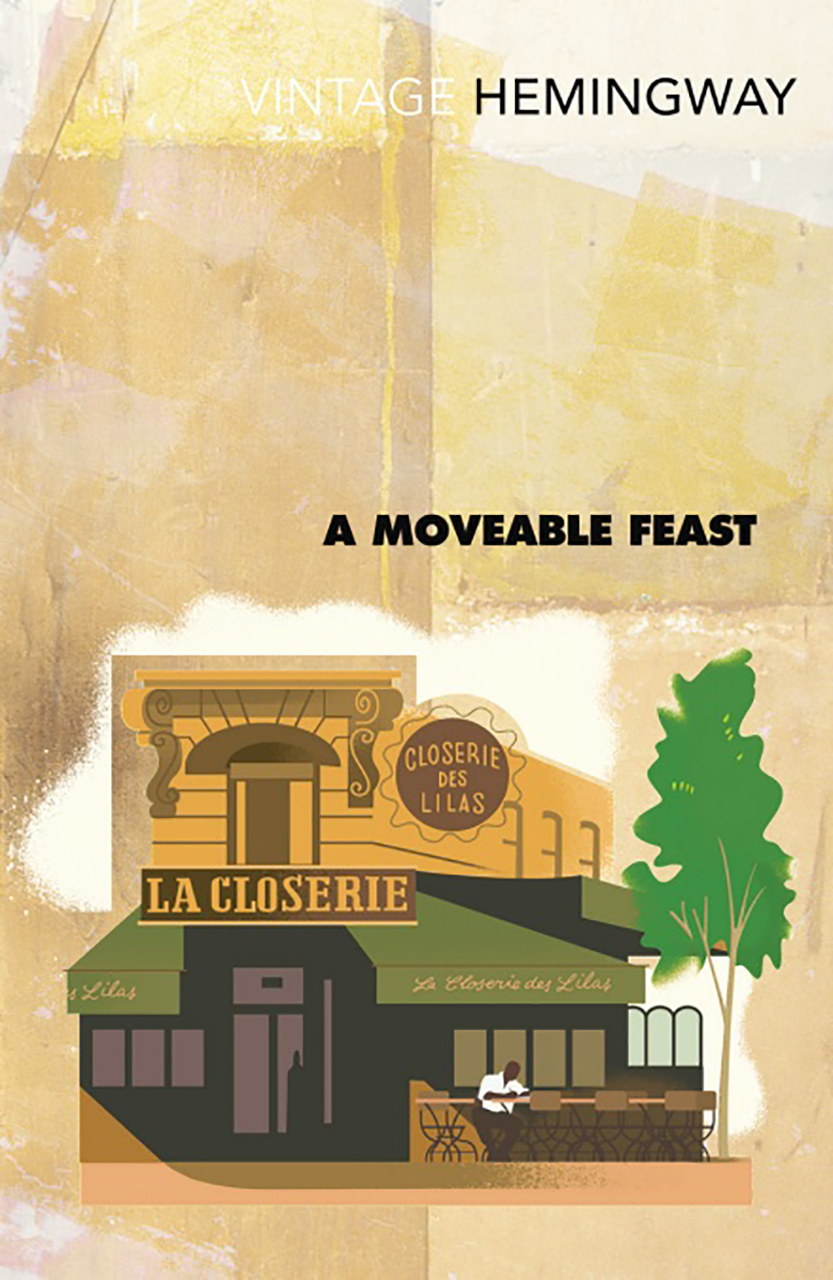
A Moveable Feast by Ernest Hemingway
Picked by Stephanie Zubiri
This memoir was given to me by my brother as a present for my high school graduation, in anticipation of my departure to Paris. Hemingway was my companion throughout my years there – I channelled his spirit while getting lost in the streets and in the moment and while scribbling on paper napkins in smoky cafés.
Hemingway straddled both the fashionable and the dingy worlds Paris had to offer. That’s the beauty of the City of Light: It’s a place you can get lost in and one that you can truly make your own, from the grizzled and gritty to the glittering and glamorous, from the ominous to the inspiring. It can be both the happiest place on earth – with its picturesque tree–lined streets and marvellous monuments – or the most depressing with its grey, cold and rainy winters that chill you to your bones.
No matter what experience of Paris you have, it becomes an integral part of you. Hemingway said it best: “If you are lucky enough to have lived in Paris as a young man, then wherever you go for the rest of your life, it stays with you, for Paris is a moveable feast.”
Read Stephanie’s piece on the community spirit of Japan’s Kunisaki Peninsula.
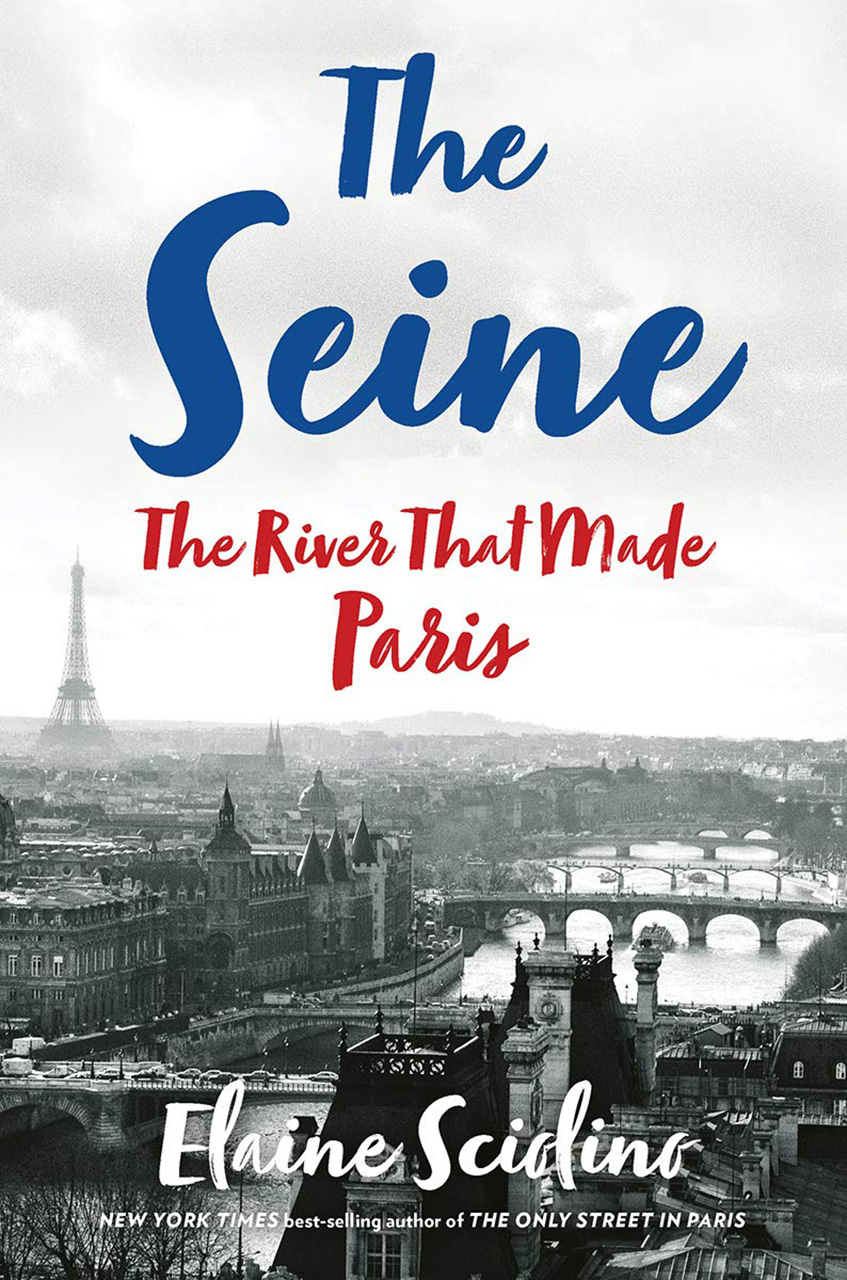
The Seine: The River that Made Paris by Elaine Sciolino
Picked by Lindsey Tramuta
In these times, I’m reaching for a book that connects me with my own city. In the eight weeks since confinement began here, I have felt detached from the city as I’ve come to know it in the 14 years it has been home. Unable to walk beyond 1km from my house means that the Seine, the city’s centrepiece, has been out of reach.
Seeing photographs of a perfectly still and calm river inspired me to pick up Elaine’s book and re-read what makes it such a defining feature of the capital’s past, present and future.
Read Lindsey’s profiles on Paris’ cutting-edge international chefs.
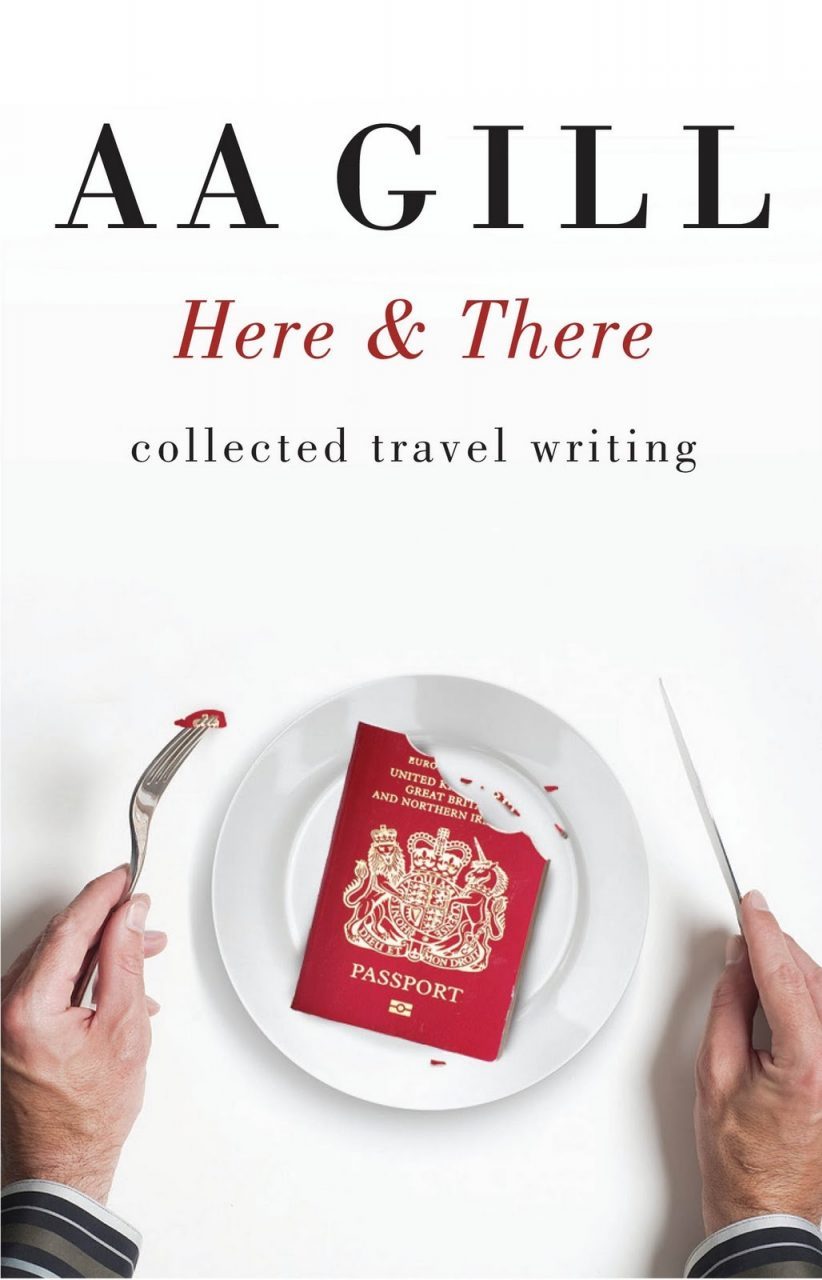
Here and There by AA Gill
Picked by Max Brearley
My copy of this book lives its life between my desk and the nightstand; a go-to collection of travel writing by the late, and very great, AA Gill.
A writer of conviction, Gill had an opinion and wasn’t afraid to put it forth. As a restaurant critic, he chronicled the British food scene and was equally adept at heaping (deserved) praise or mercilessly skewering his prey. Feared, loathed in some quarters, loved and respected, he was the epitome (for me) of a critic, and his travel writing was no less engaging for it.
What brings me back time and time again are the opinions contained within these stories as much as the destination. Travel writing can so often be a blow by blow account of, say, what a writer did on their holiday, when really what endures is the heady mix of experience, opinion and a good deal of mischief.
Read Max’s story on Western Australia’s murals and artworks.
For natural history:
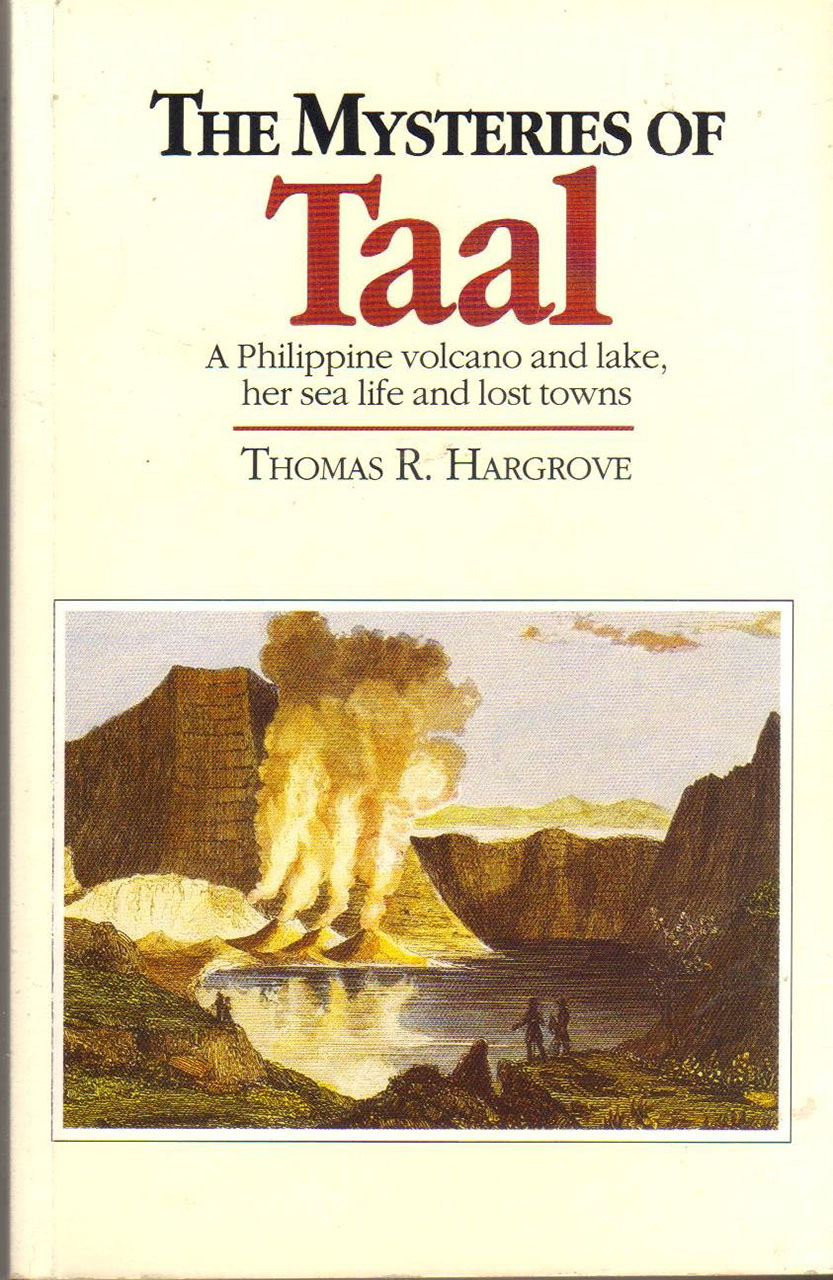
The Mysteries of Taal by Thomas R Hargrove
Picked by Edgar Alan Zeta-Yap
Eleven years ago, a hiking trip to the scenic caldera lake of Taal, south of Manila, reignited my childhood fascination with volcanoes. I later came across The Mysteries of Taal by American journalist Thomas R Hargrove.
Substantiated by photographs, illustrations and historical passages, this slim memoir, published in 1991, recounts the author’s explorations of the active volcano, whose tranquil beauty belies a catastrophic past that has significantly altered the surrounding landscape.
His thrilling dive expeditions revealed evidence of submerged towns and unique marine animals, such as the Taal sea snake, that evolved into freshwater dwellers. Hargrove’s book fuelled my imagination, inspiring me to explore volcanoes in my succeeding travels around Indonesia, Japan and my home country of the Philippines.
Last January, Taal awoke from its 43-year slumber and damaged surrounding communities, reminding us of our planet’s unpredictable power to create, destroy and rejuvenate.
Read Edgar’s piece on the last river dolphins of the Mahakam River near Balikpapan.
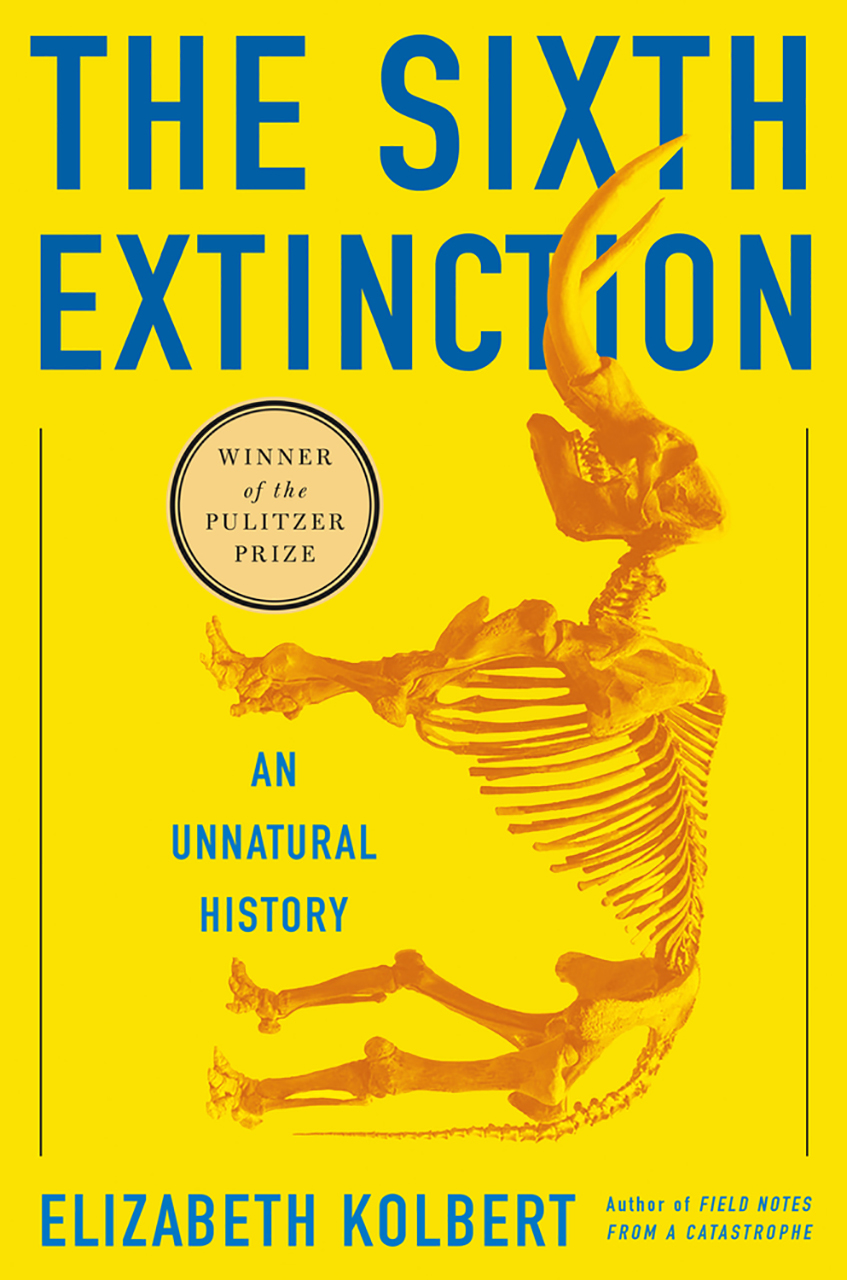
The Sixth Extinction by Elizabeth Kolbert
Picked by Chris Shalkx
My favourite travel read is not a travel book per se, but does a great job in taking me to all corners of the globe. Elizabeth Kolbert’s The Sixth Extinction untangles the – sadly, very real – possibility of a man-made global extinction, and vividly takes the reader along on research trips from hunting frogs in Panama’s mountains to early morning dives in the Gulf of Naples.
Complex natural history is explained in a way that I – someone absolutely not educated on the matter – managed to link it to things I’ve seen on previous travels. Week-long treks through Peruvian forests and far-flung islands in the Great Barrier Reef are described so evocatively that I’m itching to visit before they, well, vanish.
It’s by no means a feel-good read, but it’s a necessary wake-up call to cherish the natural beauty around us and start travelling much more consciously.
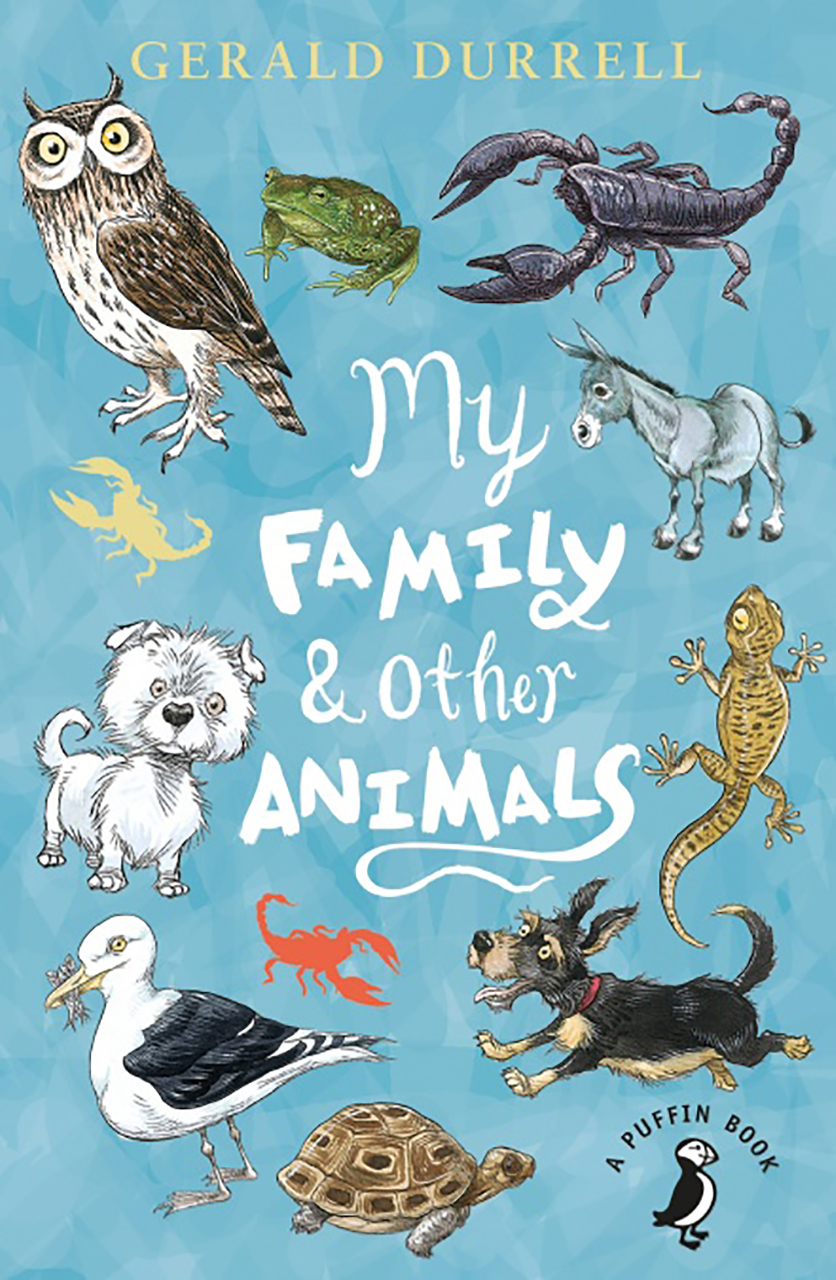
My Family and Other Animals by Gerald Durrell
Picked by Rebekah White
This is the autobiographical story of a British family’s move to the Greek island of Corfu in 1935, when the author, Gerald Durrell, is 10 years old. His widowed mother, older brothers and sister (plus Roger the dog) take up residence in a strawberry-pink villa and Durrell immediately begins to explore.
He and Roger roam the island, collecting insects, finding birds’ nests and befriending locals; he adopts a tortoise, a pigeon and an owl. He squirts sea slugs at his tutor. He notices everything there is to be noticed about the natural world. The family’s escapades are terrifically funny – part confusion at Durrell’s passion for animals, part bemusement at the Greek approach to life.
It’s the first book I ever read that transfixed me with its descriptions of another place: swimming on a moonless night among porpoises, lit by phosphorescence; brightly coloured houses that didn’t have indoor toilets. Corfu is no longer the same island that the Durrells knew, but the wonder at unfamiliar landscapes and the confusion of immersion in another culture is recognisable to all keen travellers.
Read Rebekah’s feature on stargazing in New Zealand’s Dark Sky Sanctuary.
For inspiring wanderlust:
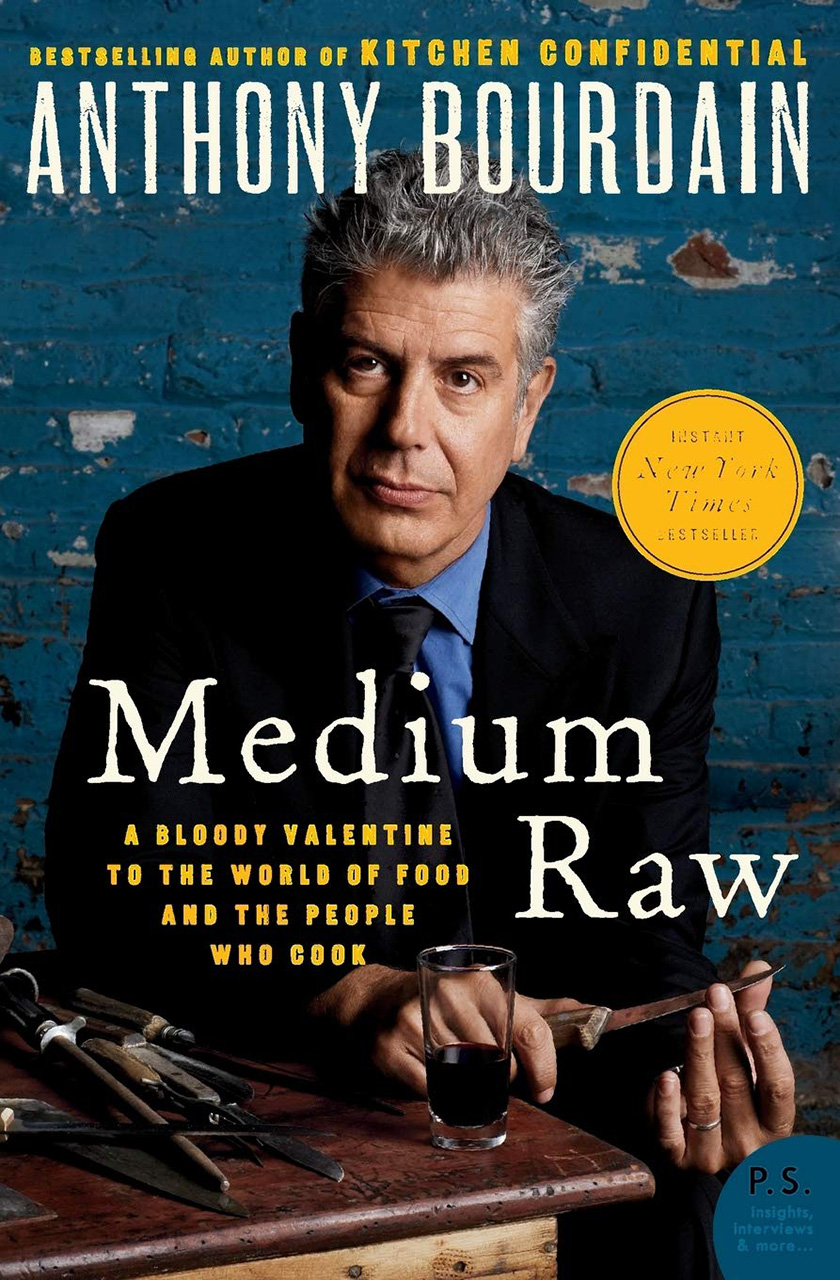
Medium Raw by Anthony Bourdain
Picked by Dan Q Dao
Ten years after publishing the seminal Kitchen Confidential, the late, great Anthony Bourdain released his second-most popular book, this collection of essays tied loosely to his decade of culinary adventure and the lessons learned on the road.
By 2010, the refreshingly candid chef had become a full-blown international celebrity, recognised for his globe-trotting show No Reservations and credited for covering food in a way that transcended menu, plate and kitchen, focusing instead on people and places.
As the book’s title suggests, Bourdain’s anecdotes and ideas here are served slightly undercooked, swinging from rants of righteous anger – there’s an entire chapter of choice words dedicated to a food critic he despised – to emotional, internal musings on life and even love.
From benders in St Barts to quiet reflection in Hanoi, Bourdain offers not just advice on where to travel, but also how and why. With Bourdain’s final book, an illustrated collection of his favourite places on earth, set to be posthumously published later this year by his former assistant Laurie Woolever, it’s worth revisiting Medium Raw as a critical travel book.
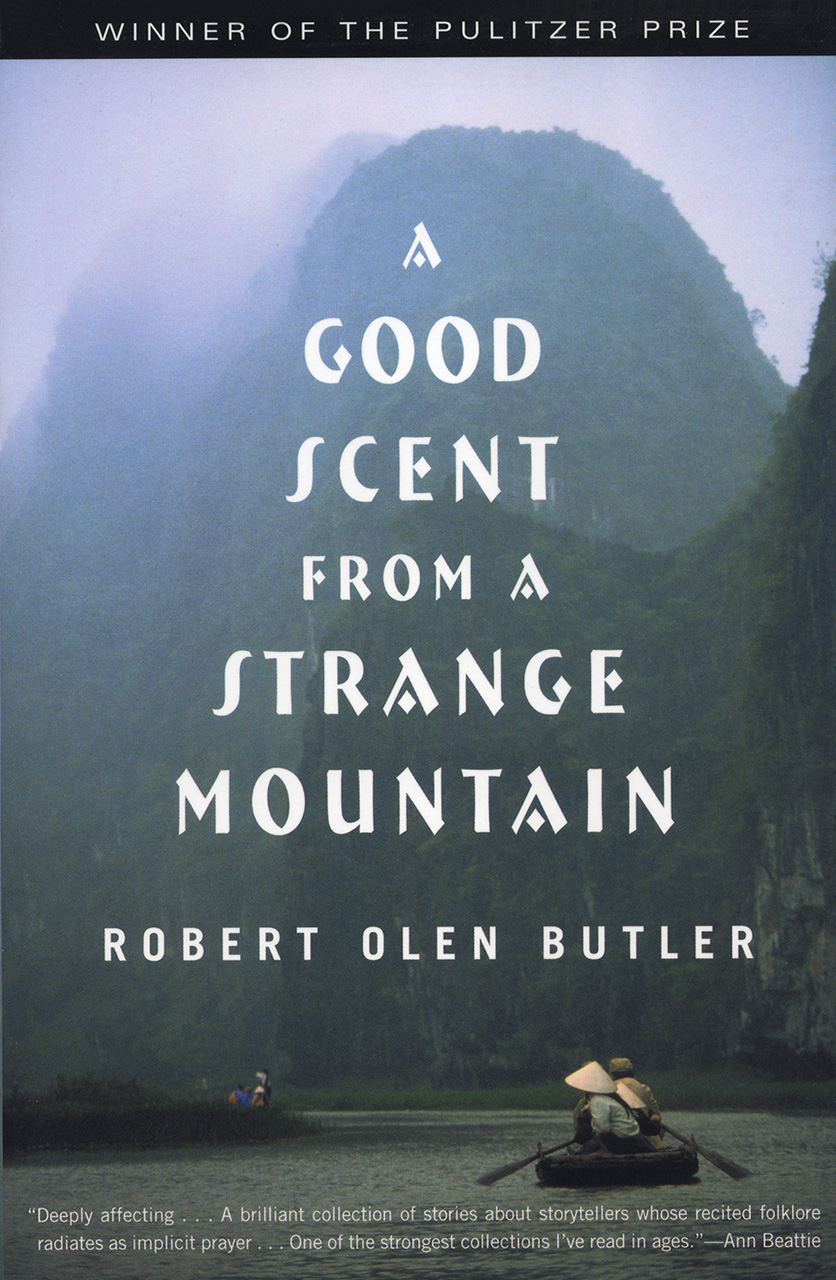
A Good Scent from a Strange Mountain by Robert Olen Butler
Picked by Smriti Daniel
As I travelled through Vietnam last year, I kept returning to Robert Olen Butler’s A Good Scent from a Strange Mountain. It may seem an odd choice of travel companion, but it spoke to me so deeply of the country I was in.
Butler took home a Pulitzer Prize for these 15 short stories, all of which are narrated in the first person and touch on, among other things, aspects of Vietnamese folklore, religious practices, culinary traditions and family histories. The horror of the war and its lingering aftermath shape many of the narratives.
I love this book for its sense of place, but even more as a poetic, nuanced and deeply empathetic portrait of the people of Vietnam.
Read Smriti’s story on Colombo’s contemporary art scene.
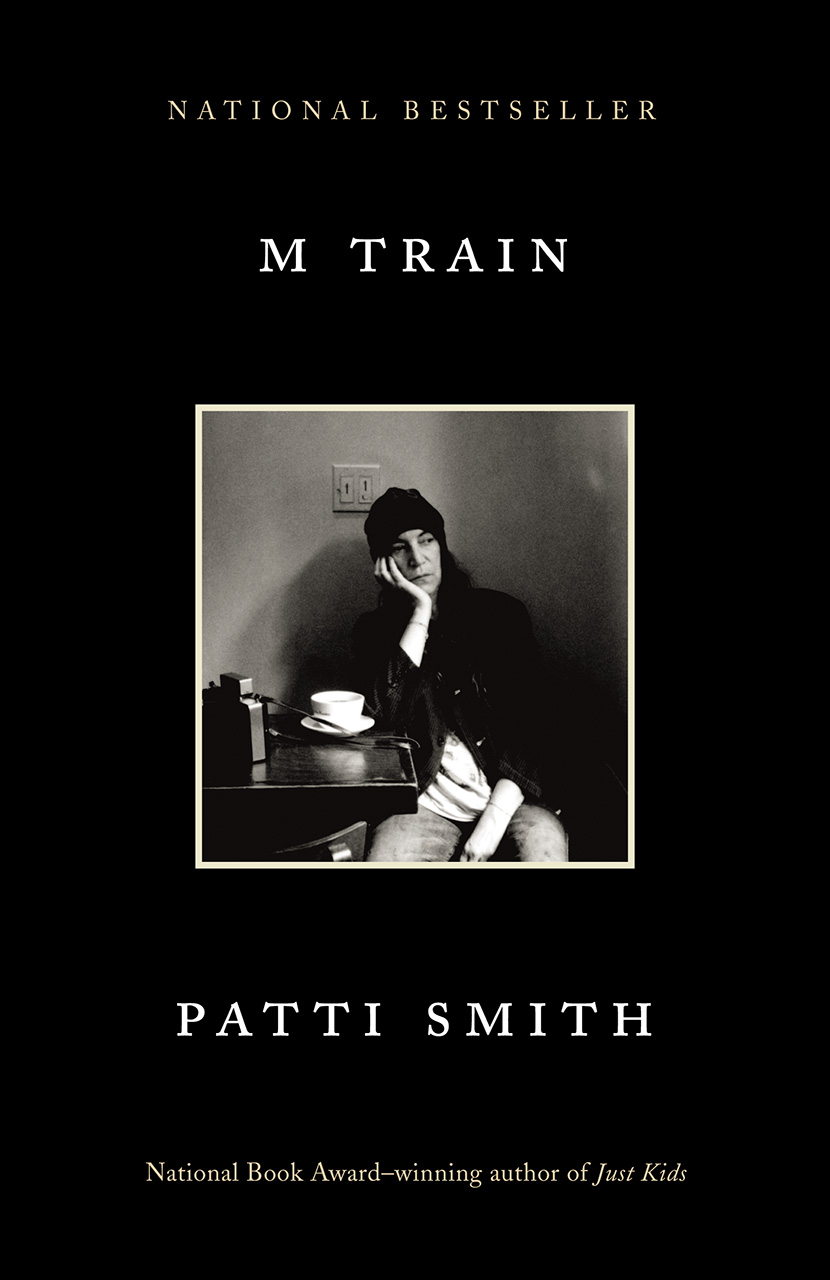
M Train by Patti Smith
Picked by Xiangyun Lim
Travelling is as much an inward process as it is an external physical one, and M Train mirrors this experience exactly. The 2015 memoir is a personal pilgrimage of Patti Smith at age 86, now bereft of both her husband and her closest friend, as she traces trips to Mexico, Reykjavik, Berlin, Tokyo, Morocco, London and Madrid. Somewhere along the way she also purchases a small beach house and visits a few graves.
For all her eccentricities and the lyrical prose, the invitation to join her is genuine. She shares her thoughts and experiences as they are. “Come sit with me,” Smith says, with this book. “Let me show you the café I always return to. Here, there is nothing to prove, but everything to be. Look at the extraordinary in the mundane. Observe time.” And that has always been what travelling is about for me.
Read Xiangyun’s interview with writer Amanda Lee Koe.
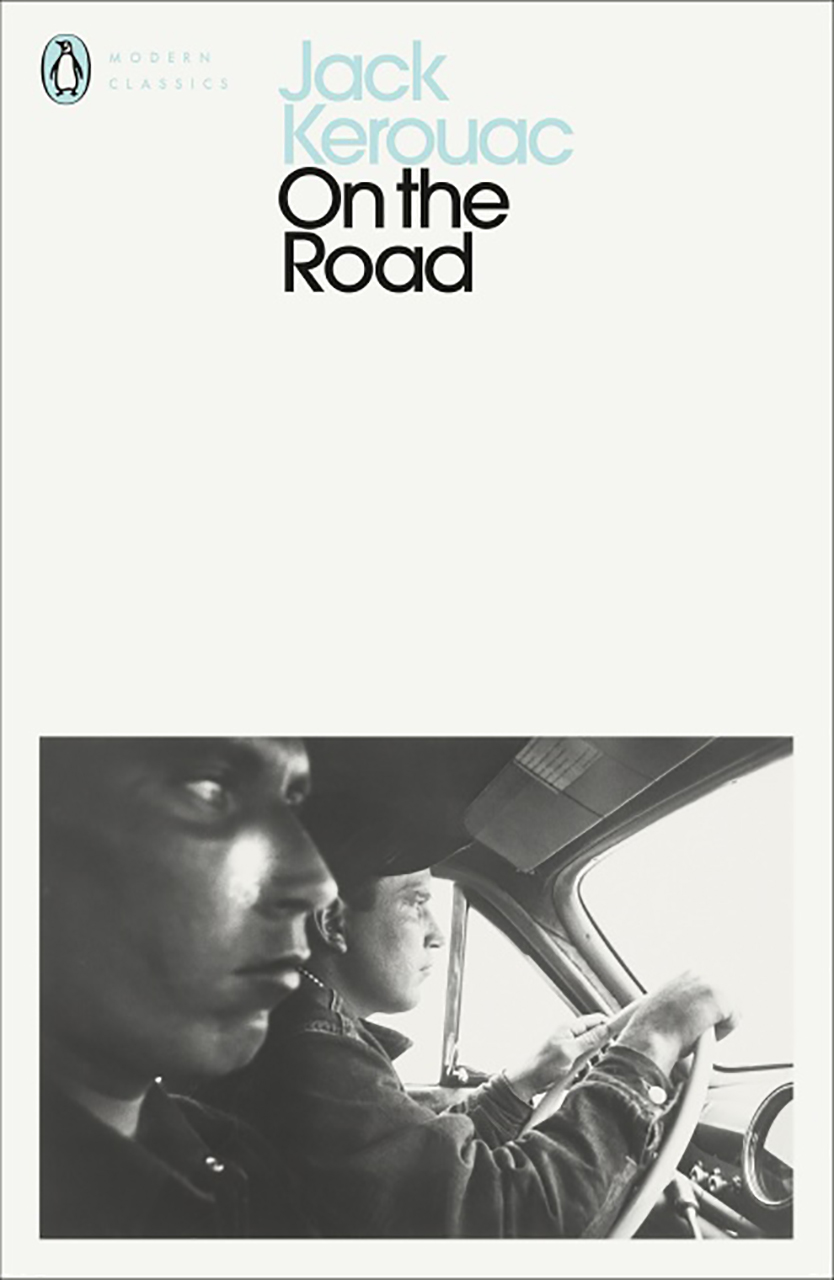
On the Road by Jack Kerouac
Picked by Sanjay Surana
This book – which chronicles the cross-country travels of Kerouac and his ragtag band of brothers – is probably a popular choice for many people, but one that nevertheless resounds with me. I was given a well-worn copy of it by a friend at university decades ago, and can still picture the book’s cover even though I no longer own it – an endless expanse of orange with a blazing sun hanging just below the title.
I read this before I had ever visited America, and the imagery was so vivid, the celebration of jazz so evident and the language so loose yet kinetic that it had me hooked. This book, more than any other, made me want to explore the country.
Read Sanjay’s story on the nascent art scene in Siem Reap.
SEE ALSO: Why Chengdu’s bookstores are becoming a cultural destination.
The post 13 travel writers share their top travel books appeared first on SilverKris.
from SilverKris
No comments:
Post a Comment